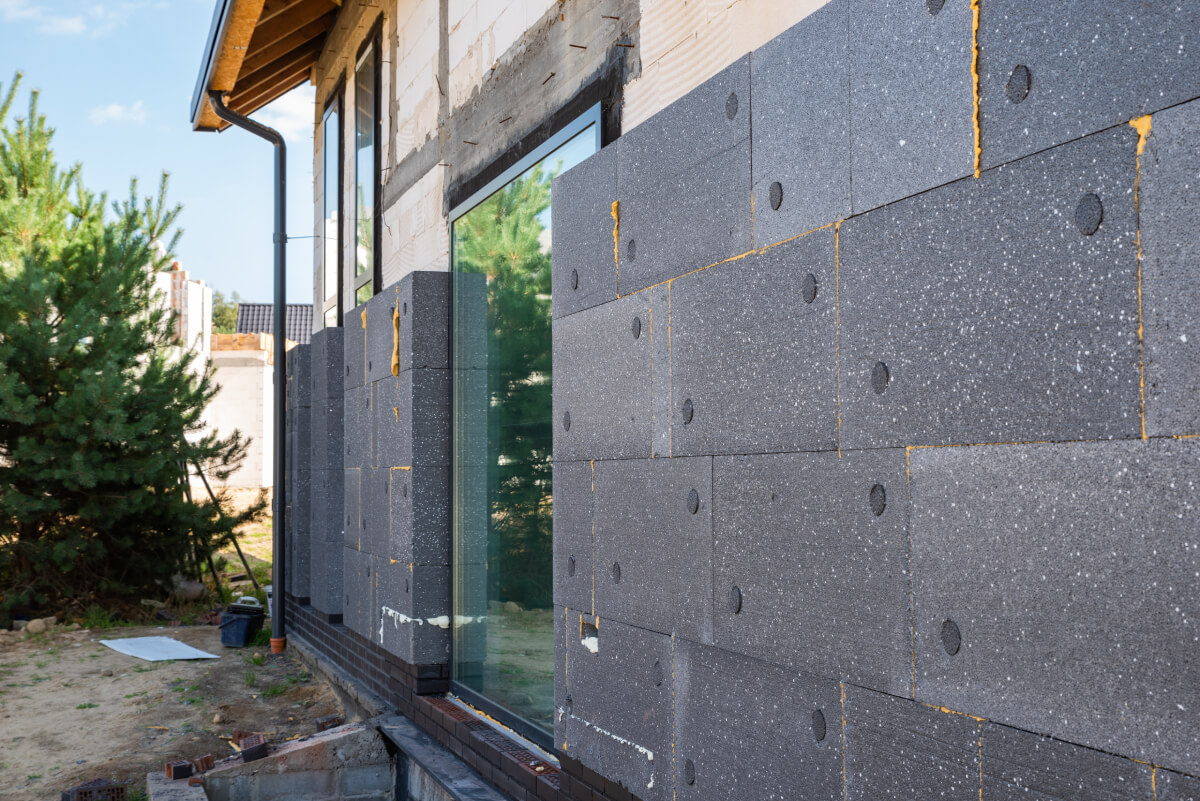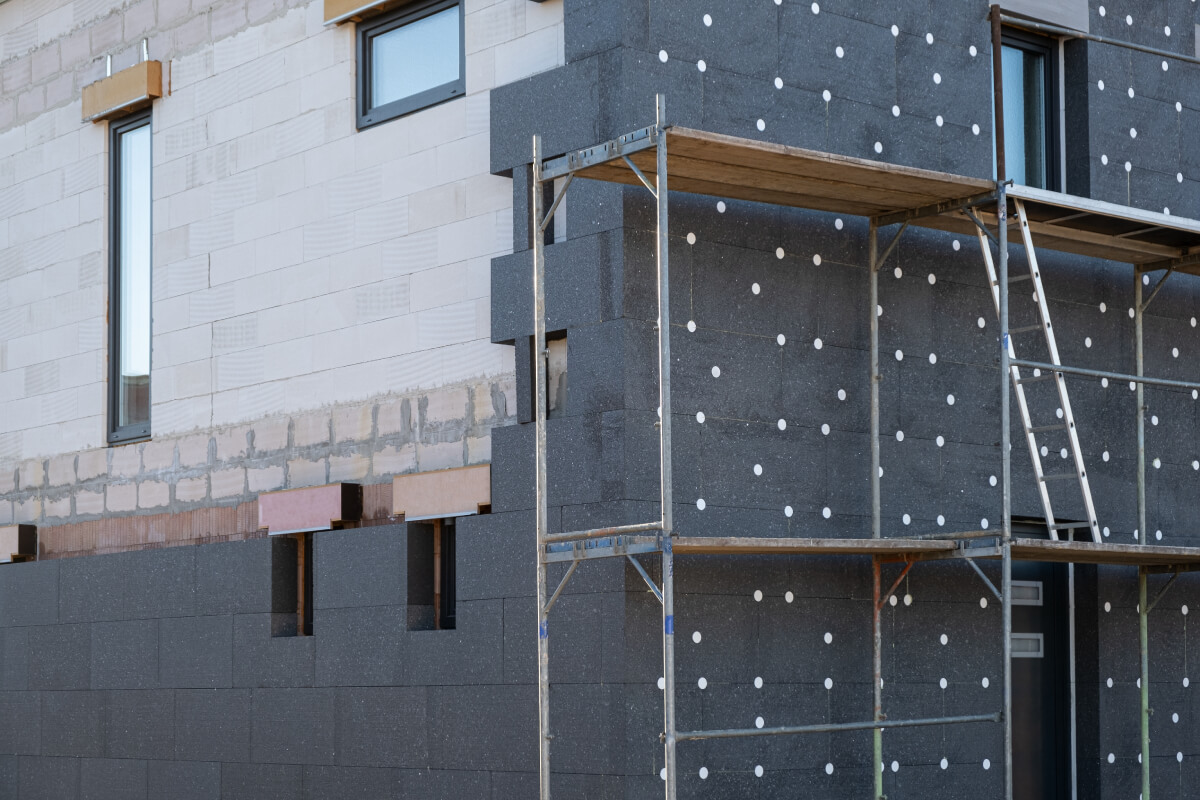Insulation
Adequate insulation is a critical first step in making your home more comfortable and more energy efficient.
We prioritise this step as it is the foundation for any other upgrade measures. During your Home Energy Assessment our team will assess your existing insulation levels, identify any issues and propose the best insulation options for your home.

Types of Insulation
Attic insulation
On average, a home loses 20-30% of its heat through its roof, if it is not properly insulated. This loss of heat not only costs you money in the form of higher heating bills, but it also harms the environment by increasing greenhouse gas emissions.
Attic/Rafter insulation is generally the most cost effective of any energy efficiency upgrade made to a house, considering the potential cost savings that can be achieved on the monthly heating bills. Even if you already have insulation in your roof, you may still be losing heat if there is not enough insulation, if it is damaged or if it is not correctly installed.
Cavity Wall Insulation
A cavity wall consists of two rows of brick or concrete block with a cavity or space between them. Injection of insulating product from the outside is the best method for insulating this type of wall.
Dry Lining
Internal wall insulation, also referred to as dry-lining, involves fixing insulation to the inner surfaces of your external walls. This usually involves attaching an insulation board to the walls and covering it with a vapour barrier layer and plasterboard.
External Wall Insulation or Wrap
External insulation involves fixing insulation materials to the outer surface of the wall. The insulation is then covered with a special render to provide weather resistance. A steel or fibreglass mesh is embedded in this render to provide strength and impact resistance. External insulation can also resolve other issues, such as rain penetration, poor airtightness and frost damage. This is also an excellent opportunity to give your home a fresh new look.
